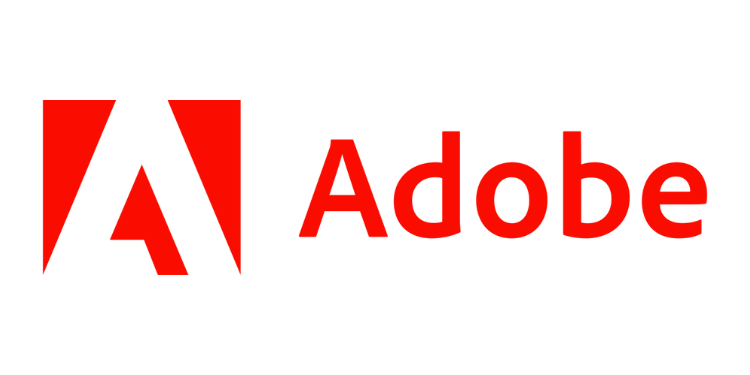Adobe’s latest online shopping data (January 1 to May 31, 2024) reveals a trend: consumers prioritize price in groceries, electronics, and apparel, but indulge in cosmetics, especially fragrances and lipstick.
The report, using Adobe Analytics data, offers a comprehensive view of U.S. e-commerce by analyzing online transactions, including over one trillion visits to U.S. retail sites, 100 million SKUs, and 18 product categories.
Consumers “trading up” for cosmetics products
After enduring prolonged inflation, shoppers are favoring cheaper items in key e-commerce sectors. Prices were segmented into quartiles by Adobe for analysis, comparing unit sales shares between the most and least expensive categories in April and May 2024 against levels in January 2024.
Adobe observed a significant increase in the share of the two cheapest quartiles across major categories like electronics (up 5.3%), apparel (up 4.7%), home & garden (up 3.3%), furniture & bedding (up 2.1%), grocery (up 1.8%), and personal care (up 4.2%). Conversely, the share of the two most expensive quartiles decreased by 8.5% in electronics and 9.5% in apparel.
In the personal care category, the most expensive goods decreased by 10.8%, except in cosmetics where fragrances’ high-end products rose by 19.4%. Year-over-year, the share increased by 9.9%, boosting online fragrance spending. Daily sales surged by 53% from April to May 2024 and were up 27% YoY. The trend of “trading up” played a significant role in this market shift.
Consumers splurge for higher-end lipsticks and purple shades
In lipstick sales, the share of high-end products increased significantly, prompting a rise in online spending. Purple-toned lipsticks saw a remarkable 103% YoY increase, followed by pink tones at 61% YoY. Popular finishes included satin (35.5% rise), matte (35.2% rise), and glossy (21.7% rise).
Cosmetics category emerges as a growth driver in the digital economy
In e-commerce, electronics, apparel, furniture, and groceries lead in spending, accounting for over 50 percent of online purchases. Cosmetics, however, is a rapidly growing category. Consumers spent $35 billion on cosmetics online in 2023, marking a 15.6 percent increase. From January to May 2024, $16.3 billion was spent on cosmetics online, up 8.8 percent. In comparison, electronics generated $77.8 billion in the same period with a 3.2 percent growth, while apparel saw $65.9 billion in spending, up 2.9 percent.
Trends across other cosmetic categories
While lipstick and fragrances have been notable sub-categories driving growth, other products are seeing material upticks as well: Lip gloss sales are up 31.4 percent YoY, followed by setting and finishing products (up 18.4 percent YoY), mascara (up 8.6 percent YoY), concealer & foundation (up 8.3 percent YoY) and nail polish (up 5.1 percent YoY).
Additional trends per Adobe’s data:
- In concealer & foundation, understated and lightweight products (e.g., sheer finish, skin tint) are rising in popularity amongst consumers, with sales up 51.5 percent YoY.
- Plumping lip gloss continues to be a popular item, up a notable 60 percent YoY.
- Lengthening mascara has seen sales rise 30.9 percent YoY, while volumizing, lifting and curling mascaras have seen slightly negative growth in the same time period.
- Skin care, serums, creams and other related products containing peptides and ceramides have become increasingly popular, up 30.2 percent YoY.
In 2024, Adobe expects top cosmetic products to be Sol de Janeiro Perfume Sets, Clinique Almost Black Honey Lipstick, Charlotte Tilbury Pillow Talk Plumping Lip Gloss, Summer Friday’s Lip Butter Balm, and Laura Mercier Translucent Loose Setting Powder, based on online sales and social media trends.

















